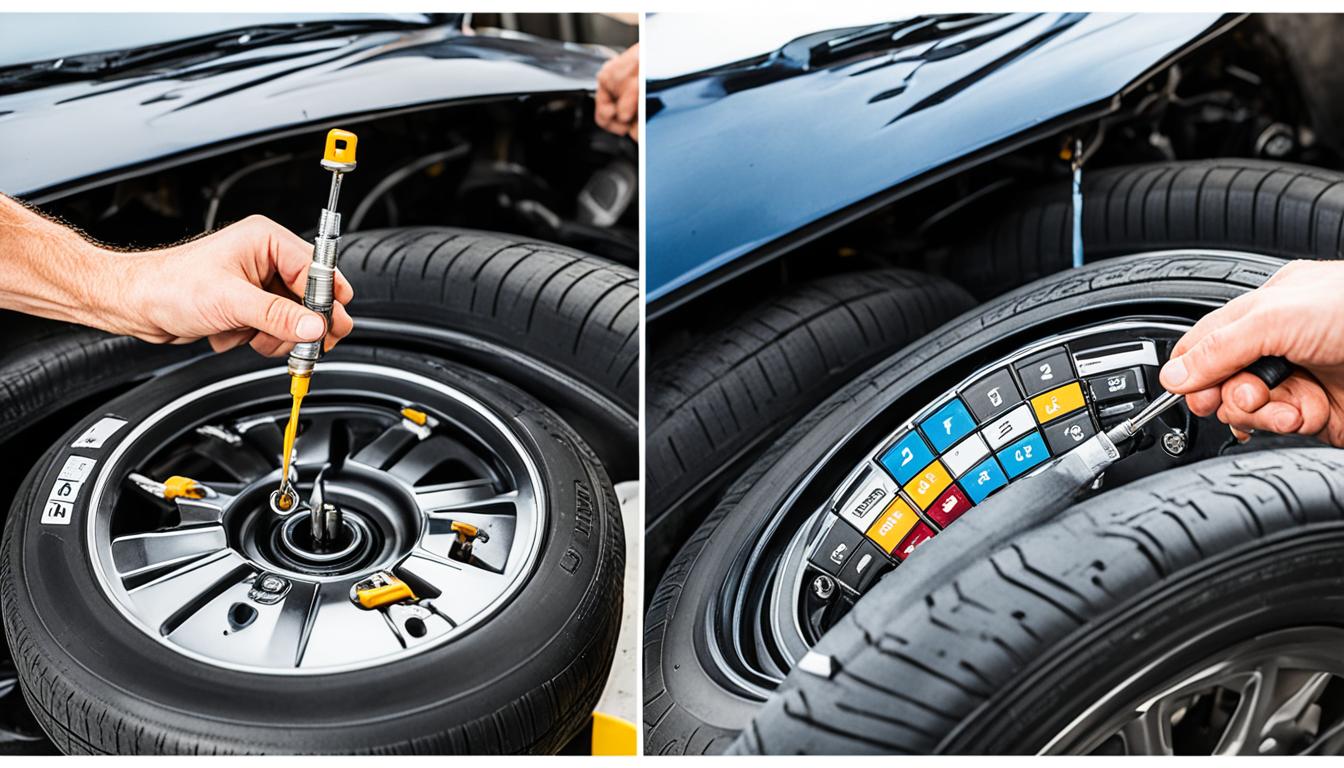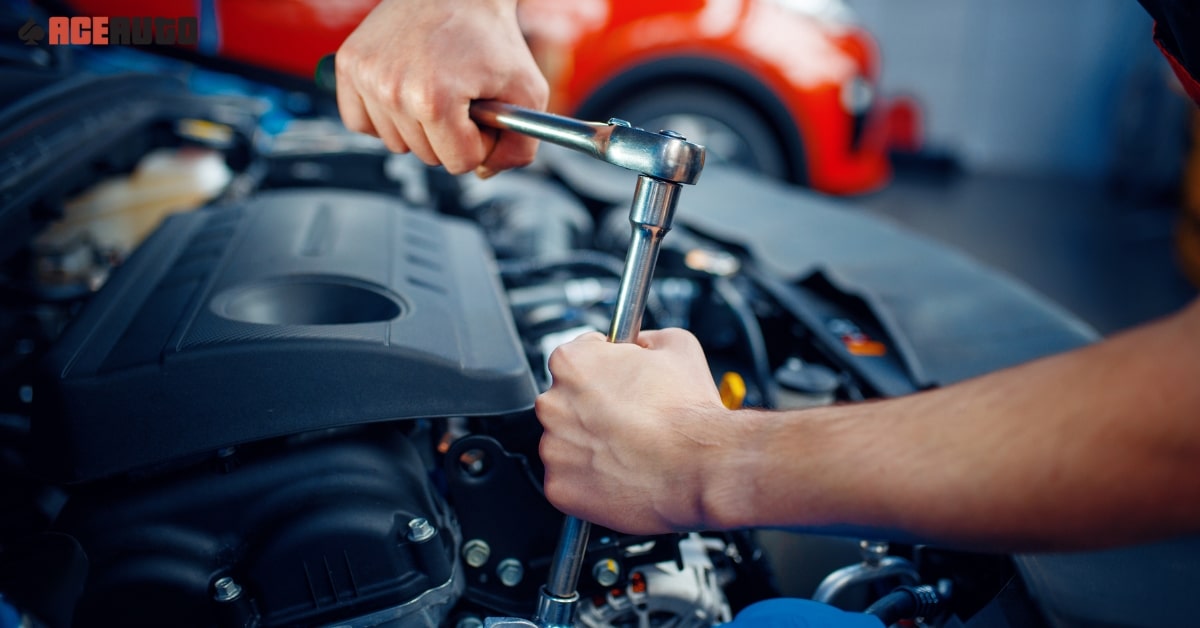All Categories
Featured
When it comes to automobile upkeep, tires are frequently ignored, despite being a vital aspect in both security and efficiency. Understanding just how to pick the best tires for your automobile calls for recognizing your driving conditions, efficiency demands, and the numerous tire options available.
![]()
All-Season Tires: These are one of the most usual kind, developed for a variety of driving conditions, including dry and damp roadways. They provide a well balanced efficiency, making them a good selection for everyday driving in areas with moderate climates.
Summertime Tires: Suitable for warmer climates, summer tires offer superb performance on completely dry and damp roads, offering exceptional traction and handling. They are not suitable for snowy or icy conditions.
Winter Tires: Winter season tires are specifically made to manage snow, ice, and freezing temperatures. Made from a special rubber substance that continues to be versatile in winter, they feature deep treads that grasp the roadway, supplying better control and safety and security in winter season conditions.
Performance Tires: For those driving cars or trying to find improved handling, efficiency tires provide higher responsiveness, collaring abilities, and improved traction. These tires focus on performance however may sacrifice convenience and sturdiness.
225: The size of the tire in millimeters. 50: The element ratio, or the height of the sidewall as a percent of the tire's width. R: Radial construction, which is the most typical style for modern tires. 17: The size of the tire in inches, matching the size of the wheel. When changing your tires, it's normally best to match the original size for your car to keep the intended equilibrium of safety, comfort, and handling. Modifying tire dimensions can impact performance, consisting of speedometer accuracy and fuel effectiveness.
![]()
Urban and City Driving: If the majority of your driving takes place on well-paved city streets, all-season tires are normally the most effective option. They offer sufficient hold and comfort in moderate conditions, with a focus on performance.
Freeway Driving: For frequent highway motorists, tires that provide long-lasting sturdiness and low road sound, such as touring tires, are ideal. These tires offer a smooth trip and are enhanced for gas performance over fars away.
Off-Road Driving: If you drive an SUV or vehicle and regularly endeavor off the beaten track, you'll require tires made for sturdy terrain. All-terrain or mud-terrain tires use much better traction and toughness for driving on crushed rock, mud, or unpaved roads.
Balanced Tread: A lot of all-season tires include a balanced step pattern, which offers a well balanced performance for regular driving conditions. It's excellent for dry roads, in addition to moderate wet conditions.
Asymmetrical Footstep: These tires have different step patterns on the outside and within, improving cornering and stability. They supply a better grip on both dry and damp roads, making them a prominent selection for efficiency lorries.
Directional Tread: Created with a V-shaped pattern, these tires succeed at transporting water far from the step. They supply much better traction in snowy and wet problems, reducing the risk of hydroplaning.
Checking Tire Pressure: Underinflated tires can negatively influence taking care of and fuel performance, while overinflated tires can boost the danger of blowouts. Inspect the tire pressure on a regular basis and guarantee it satisfies the manufacturer's specs.
Tire Turning: To ensure also put on, tires need to be rotated every 6,000 to 8,000 miles. Irregular wear can trigger premature tire failure and impact your automobile's positioning and handling.
![]()
Wheel Positioning: Imbalance can cause your tires to wear unevenly and negatively impact your car's handling. Have your lorry's placement checked frequently, particularly if you discover drawing away.
Verdict. Picking the right tires is a vital choice that impacts your lorry's efficiency, safety, and performance. Whether you need all-season tires for everyday driving, winter tires for snowy conditions, or performance tires for far better handling, understanding your demands is crucial to making the right choice. Normal tire upkeep is additionally vital for maintaining your tires in ideal condition. By very carefully taking into consideration these variables, you can make sure a smoother, safer, and more reliable driving experience.

- Understanding Tire Kinds. The primary step in choosing the appropriate tire is recognizing the different types and their functions. Each sort of tire is crafted for details problems, so recognizing which one fits your demands is important.
All-Season Tires: These are one of the most usual kind, developed for a variety of driving conditions, including dry and damp roadways. They provide a well balanced efficiency, making them a good selection for everyday driving in areas with moderate climates.
Summertime Tires: Suitable for warmer climates, summer tires offer superb performance on completely dry and damp roads, offering exceptional traction and handling. They are not suitable for snowy or icy conditions.
Winter Tires: Winter season tires are specifically made to manage snow, ice, and freezing temperatures. Made from a special rubber substance that continues to be versatile in winter, they feature deep treads that grasp the roadway, supplying better control and safety and security in winter season conditions.
Performance Tires: For those driving cars or trying to find improved handling, efficiency tires provide higher responsiveness, collaring abilities, and improved traction. These tires focus on performance however may sacrifice convenience and sturdiness.
- Tire Dimension Issues. Tire dimension is among the most important elements to think about when picking new tires. Tire dimension is shown by a series of numbers published on the sidewall, such as "225/50R17." Here's how to read them:
225: The size of the tire in millimeters. 50: The element ratio, or the height of the sidewall as a percent of the tire's width. R: Radial construction, which is the most typical style for modern tires. 17: The size of the tire in inches, matching the size of the wheel. When changing your tires, it's normally best to match the original size for your car to keep the intended equilibrium of safety, comfort, and handling. Modifying tire dimensions can impact performance, consisting of speedometer accuracy and fuel effectiveness.
- Driving Conditions and Tire Performance. Where you drive and just how you drive plays a substantial role in figuring out the right tire for your automobile. Here's what to consider based upon your driving practices:

Urban and City Driving: If the majority of your driving takes place on well-paved city streets, all-season tires are normally the most effective option. They offer sufficient hold and comfort in moderate conditions, with a focus on performance.
Freeway Driving: For frequent highway motorists, tires that provide long-lasting sturdiness and low road sound, such as touring tires, are ideal. These tires offer a smooth trip and are enhanced for gas performance over fars away.
Off-Road Driving: If you drive an SUV or vehicle and regularly endeavor off the beaten track, you'll require tires made for sturdy terrain. All-terrain or mud-terrain tires use much better traction and toughness for driving on crushed rock, mud, or unpaved roads.
- Tire Footstep Patterns. Tire step patterns affect just how your vehicle grips the road, specifically in slippery or damp problems. Understanding step style is vital to ensuring secure handling:
Balanced Tread: A lot of all-season tires include a balanced step pattern, which offers a well balanced performance for regular driving conditions. It's excellent for dry roads, in addition to moderate wet conditions.
Asymmetrical Footstep: These tires have different step patterns on the outside and within, improving cornering and stability. They supply a better grip on both dry and damp roads, making them a prominent selection for efficiency lorries.
Directional Tread: Created with a V-shaped pattern, these tires succeed at transporting water far from the step. They supply much better traction in snowy and wet problems, reducing the risk of hydroplaning.
- Tire Maintenance for Longevity. When you've chosen the best tires, it's essential to keep them effectively to prolong their life expectancy and make certain continued efficiency. Routine tire maintenance consists of:
Checking Tire Pressure: Underinflated tires can negatively influence taking care of and fuel performance, while overinflated tires can boost the danger of blowouts. Inspect the tire pressure on a regular basis and guarantee it satisfies the manufacturer's specs.
Tire Turning: To ensure also put on, tires need to be rotated every 6,000 to 8,000 miles. Irregular wear can trigger premature tire failure and impact your automobile's positioning and handling.

Wheel Positioning: Imbalance can cause your tires to wear unevenly and negatively impact your car's handling. Have your lorry's placement checked frequently, particularly if you discover drawing away.
- Speak with an Expert. While you might have a general understanding of the kinds of tires available, it's always a great concept to speak with a tire expert. They can give skilled suggestions based on your details vehicle version, driving problems, and performance requirements.
Verdict. Picking the right tires is a vital choice that impacts your lorry's efficiency, safety, and performance. Whether you need all-season tires for everyday driving, winter tires for snowy conditions, or performance tires for far better handling, understanding your demands is crucial to making the right choice. Normal tire upkeep is additionally vital for maintaining your tires in ideal condition. By very carefully taking into consideration these variables, you can make sure a smoother, safer, and more reliable driving experience.
Latest Posts
Find Out Reduce Expenses on Car Maintenance with Montclare Auto Repair’s Limited-Time Deals
Published May 26, 25
1 min read
Uncover Oil Changes & More: Complete Services Guide from Montclare Auto Repair
Published May 25, 25
1 min read
Unlock Your Financial Partner at WyHy – Top Benefits for Your Money Goals
Published May 25, 25
1 min read
More
Latest Posts
Find Out Reduce Expenses on Car Maintenance with Montclare Auto Repair’s Limited-Time Deals
Published May 26, 25
1 min read
Uncover Oil Changes & More: Complete Services Guide from Montclare Auto Repair
Published May 25, 25
1 min read
Unlock Your Financial Partner at WyHy – Top Benefits for Your Money Goals
Published May 25, 25
1 min read